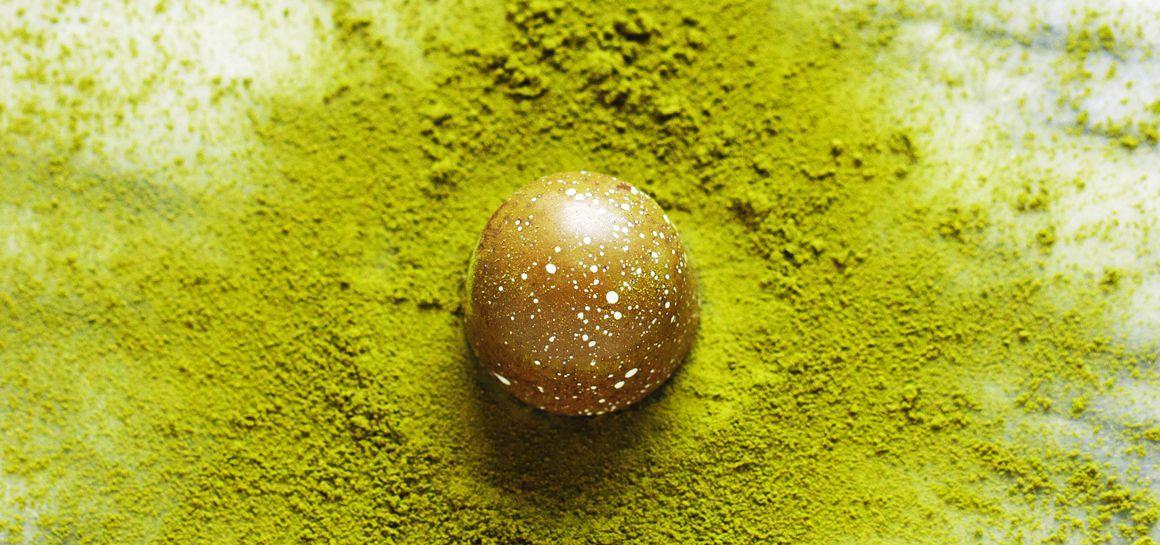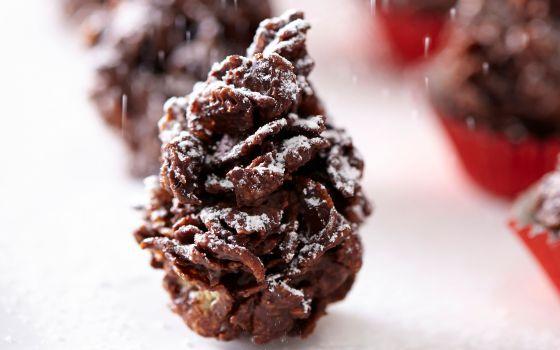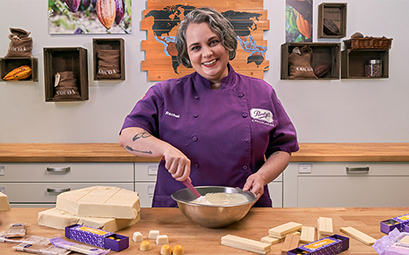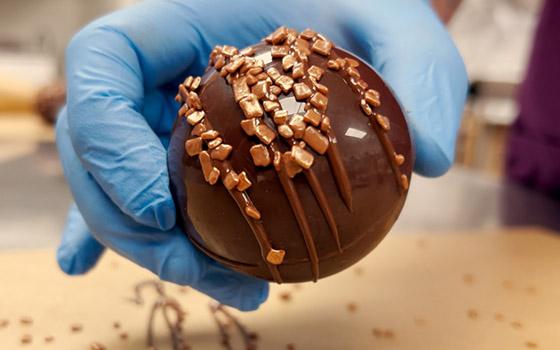If you’ve been by our website or a shop recently, you might have spotted Matcha or White Chocolate Matcha.
But what exactly is matcha, how’s it different than other teas and why is our chocolatier Rachel McKinley excited to creatively craft chocolate confections using matcha?
Matcha and regular green tea come from the same tea plant, Camellia sinensis, native to China. But sometime in the early part of the 12th century, Japanese Zen Buddhist monks brought back from China a new kind of tea: one that had been steamed and ground into a fine powder.
In other words, matcha.
And while matcha became less and less popular in China, it became a staple of meditation for Zen Buddhist monks and then a favourite of the warrior class and the Shogun rulers. Today, matcha is essential for tea ceremonies throughout Japan, and around the world it has gained in popularity as an ingredient in both sweet and savoury dishes.
Matcha tea leaves are prepared in a special way. A few weeks before harvesting, the tea bushes are protected from direct sunlight with cloths, and these shaded conditions stimulate the plant to create more chlorophyll and amino acids, deepening the flavour of the tea leaves.
Whole leaves are expertly picked, steamed to preserve the colour and nutrients, then dried, deveined and destemmed. The leaves that are deemed ideal for matcha tea are known as tencha.
Tencha is ground into a fine powder in a very slow, gentle process done with large granite wheels. The process is done this way to avoid scorching the leaves. That fine powder is called matcha, literally “ground tea”.
Matcha has a strong, robust umami flavour that plays really well with cocoa. Try it and delight yourself!





